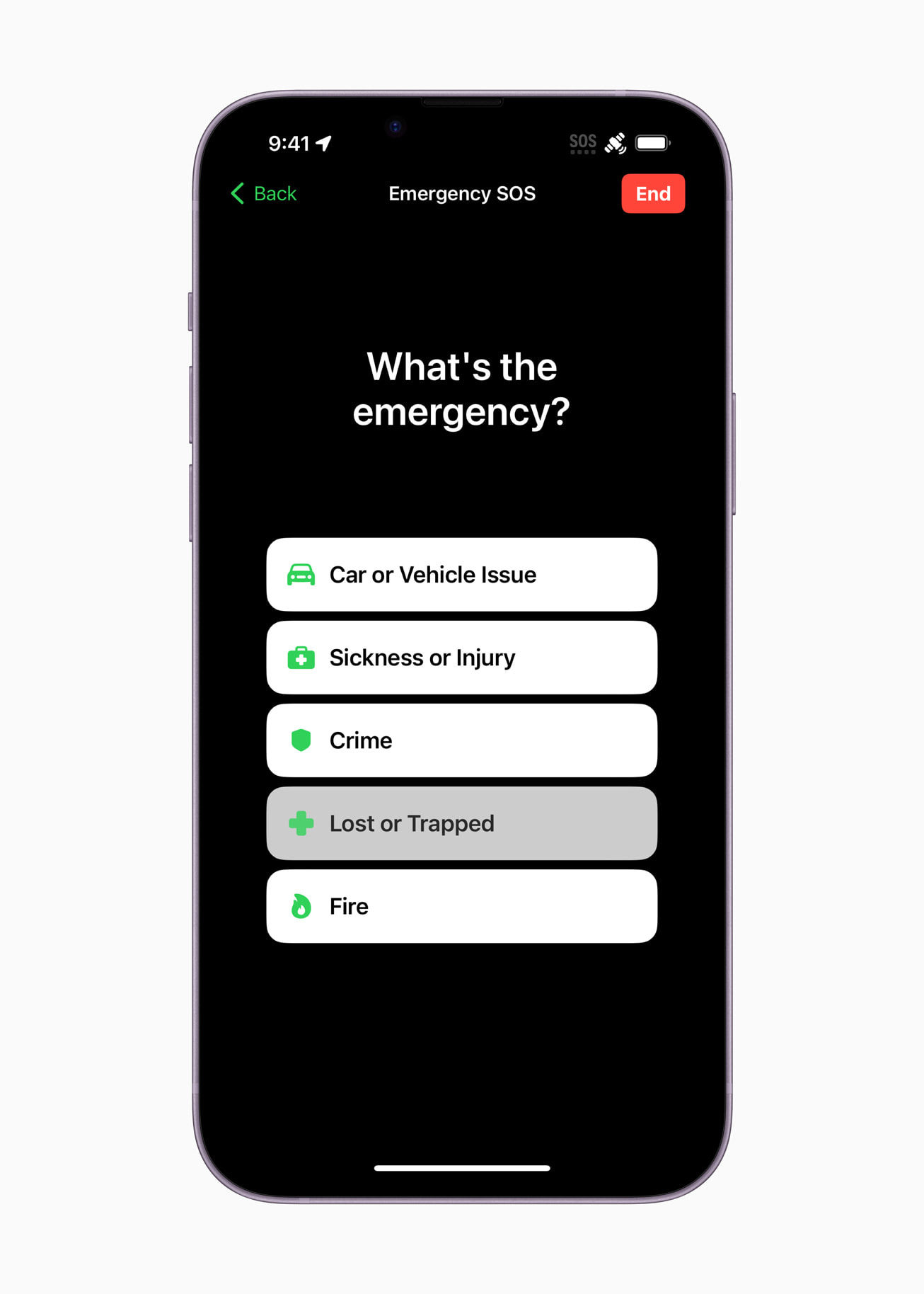SpaceX Demos First Video Call Of T-Mobile’s Direct To Cell Service

Video call made from one smartphone connected to Starlink satellite, to another phone connected to T-Mobile USA network
SpaceX has demonstrated a video call connected via a Starlink satellite to a ground-based mobile network, without the need for any specialised equipment such as a sat phone.
The video call demonstration took place using Elon Musk’s X (formerly Twitter), and admittedly the video call quality did not look great. However it demonstrated the ability to connect an unmodified mobile phone to a satellite, for when a person is outside of cell tower coverage.
It comes after SpaceX and T-Mobile USA had announced in August 2022 a plan to expand mobile coverage and eliminate mobile not-spots (mobile dead zones) in the United States. T-Mobile’s ‘Direct to Cell service’ aims to connect the vast majority of smartphones already on T-Mobile’s network to Starlink satellites.

Satellite video call
In January 2024 SpaceX had launched its first D2C Starlink satellites that will deliver a mobile service to customers of T-Mobile US outside of cell tower range.
Now SpaceX in a tweet on the X social media platform, demonstrated the “first video call on @X completed through @Starlink Direct to Cell satellites from unmodified mobile phones!”
First video call on @X completed through @Starlink Direct to Cell satellites from unmodified mobile phones!
We’re excited to go live with @TMobile later this year 🛰️🌎 pic.twitter.com/v4nA5B75EX
— SpaceX (@SpaceX) May 21, 2024
T-Mobile’s ‘Direct to Cell service’ is expected to launch sometime this year, but only with text messaging.
Voice and data coverage is expected to follow in 2025.
Cell tower coverage
T-Mobile already claims to have 99 percent LTE/4G coverage (via its and other networks) in the United States, although its own network is said to offer 62 percent nationwide coverage.
AT&T has 68 percent coverage, and Verizon has 70 percent. Sprint only has 30 percent coverage with its network.
T-Mobile US had previously noted that there is well over half a million square miles of the US and vast stretches of ocean unreachable by terrestrial network coverage, due to terrain limitations, land-use restrictions and more.
It has previously said this new service aims to give customers an additional layer of connectivity for when and where they need it most.
It could also spell the end of the need for expensive sat phones.
Meanwhile Apple with the iPhone 14 launched its emergency SOS connectivity capability in certain countries, to connect with emergency services when terrestrial cellular and Wi-Fi coverage are not available. It sends an emergency SOS via satellite.

Image credit Apple/Globalstar